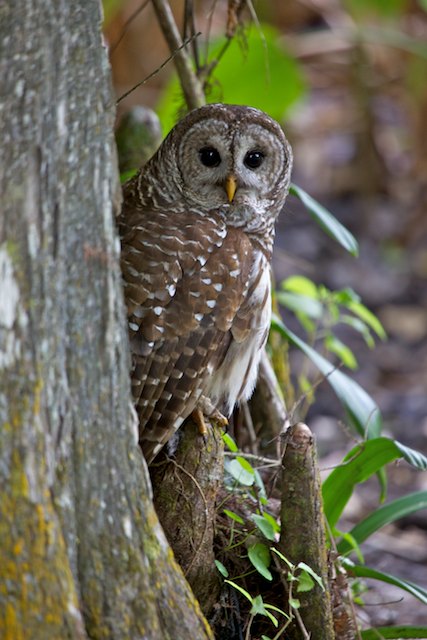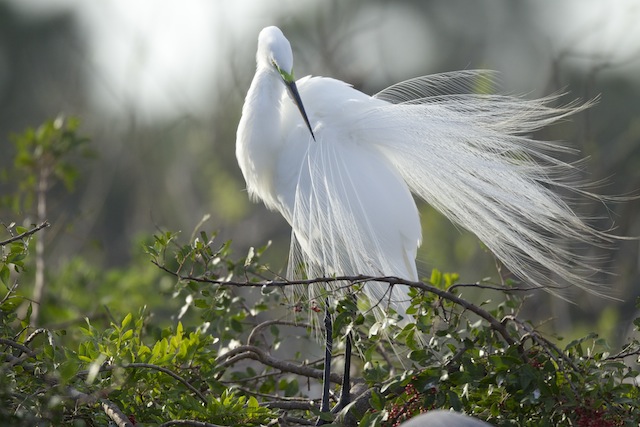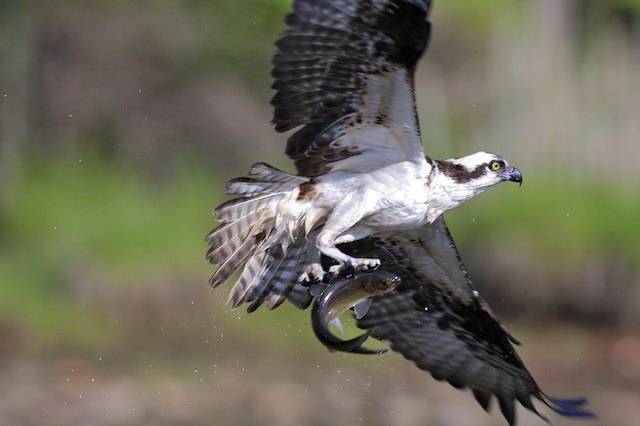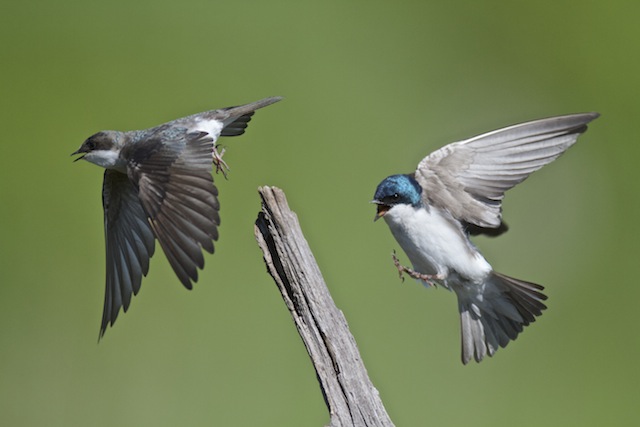My wife thinks I’m becoming a birder. I loudly protest that I’m not a birder – I’m a photographer. But lately, my sole defense is that I don’t have a “life list” – a true birder’s checklist of every species they’ve ever seen. Looking back at my portfolio, that’s not much of a defense. It’s stuffed full of birds! Bird photography is an incredible amount of fun, because…
- There are subjects readily available everywhere you look
- They’re beautiful, just the way they are
- Some, like Osprey on the hunt, are lots of fun to watch
- Birds are challenging to photograph. They’ll really push your skills to the limit – and you’ll improve!

While most subjects you encounter don’t demand particular kinds of gear, bird photography is different. A cell phone camera just won’t cut it. Even an really good DSLR with a kit lens will leave you disappointed. If you really want to create compelling images, there are a few things that you’ll want in your camera and lens selection…

1. Flexible auto focus (AF) points. For example, many cameras give you the option of selecting one focus point, or activating them all at the same time. Cameras that are better suited give you those same options, plus the ability to activate a small group of focus points. That increases the likelihood that you’ll lock focus on the right target, while reducing the risk that the camera will lock focus on the wrong thing – like the trees behind the bird. And in general, more the AF points your camera has, the better. 2. Frame rate (FPS). Any time you’re shooting something in motion, the ability to capture more images in a shorter time will drastically increase you’re chances of nailing the critical moment. Entry level cameras that hover around 3 FPS might capture the *perfect* moment in time. But you’ll have a 4 times better chance at 12 FPS! 3. Lens selection. This one is easy. You can almost never have too much lens. My primary bird lens is the Canon 600mm f/4 L IS. When I mounted a Canon 7D to that lens, the 1.6 crop factor makes it look like 960mm lens. When I add a Canon 1.4X tele-extender to it, it looks like a 1,330 mm lens. (Yes, that’s an effective focal length of 1.33 meters!) Even with all that reach, I’d like something longer in about 80% of the bird photography I do. It’s nearly impossible to have too much lens.

So while you might not find ~ $15,000 in your pocket to spend on a monster super-telephoto, there are alternatives that won’t break the bank. At least not quite so much. Here are a few suggestions: I’ve sent lots of my photo tour guests to Hunt’s Photo & Video to buy the Sigma 150-500mm lens. Tamron also makes a lens in this range – the Tamron 200-500mm. Both lenses are f/6.3 when extended to 500mm – a little dark, but boosting your ISO will compensate for that. And both are easily hand-holdable. Right now, I favor the Sigma, because it features optical stabilization. Tamron and Sigma both make a 70-200mm f/2.8. Add a matched (not generic) 1.4X or 2X tele-extender to these and you’ll have a maximum focal length of 280mm at f/4 or 400mm at f/5.6. Of course, Canon and Nikon also make this same lens, though at a substantially higher cost.

I’m especially fond of Canon’s 100-400mm L IS lens. It has performed really well for me, not just on birds, but on larger wildlife like Polar Bears too. There are lots of offerings in the 300mm range too, but those will leave you wanting much more often. For bird photography, I encourage you to stay at 400mm or above if you can. One note – be careful when adding tele-extenders. First, I favor the brand that is made by the lens’ manufacturer. Second, remember that you’ll lose 1 f-stop of light with a 1.4X and 2 stops with a 2X. Most cameras will lose autofocus if you get much darker than f/5.6. Want to learn more? Join me for a local Bird Photography Workshop or another photo tour! Happy shooting! – Charlie MacPherson www.TheAmazingImage.com